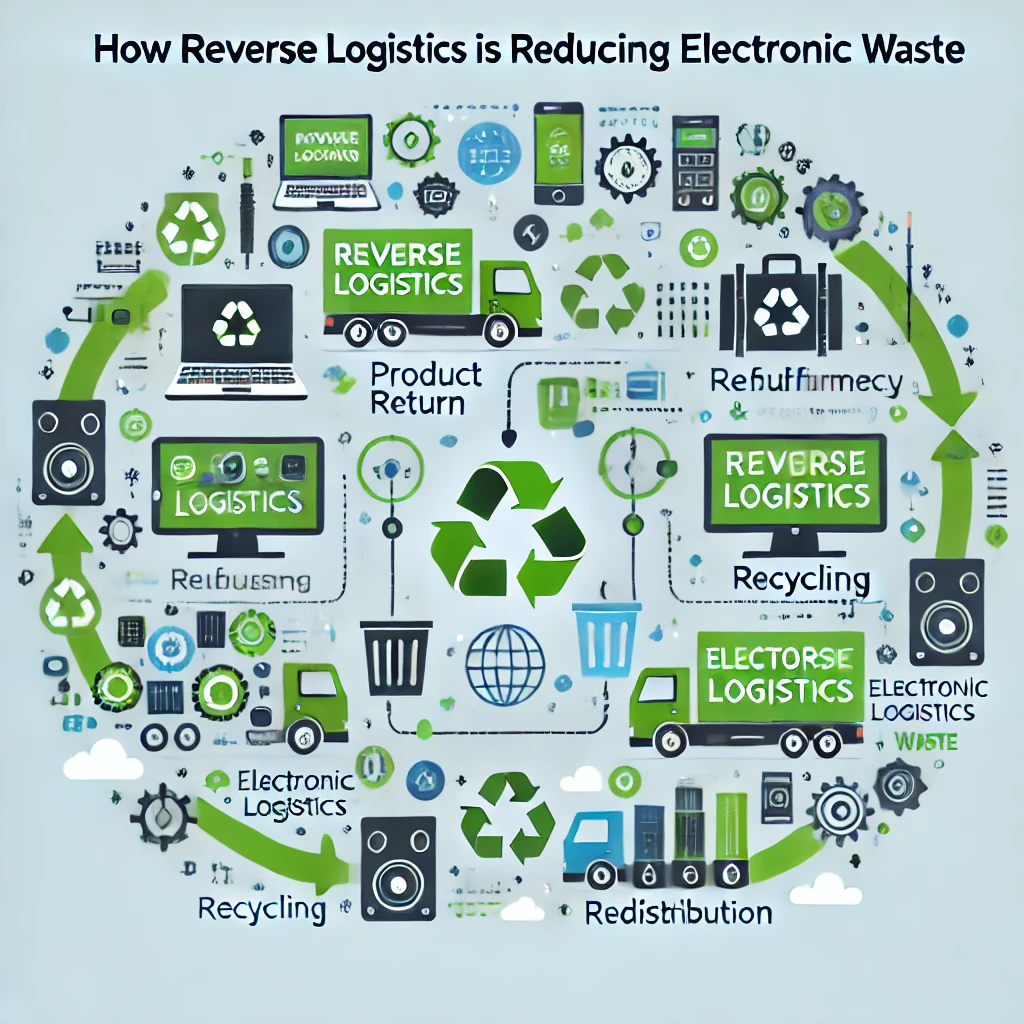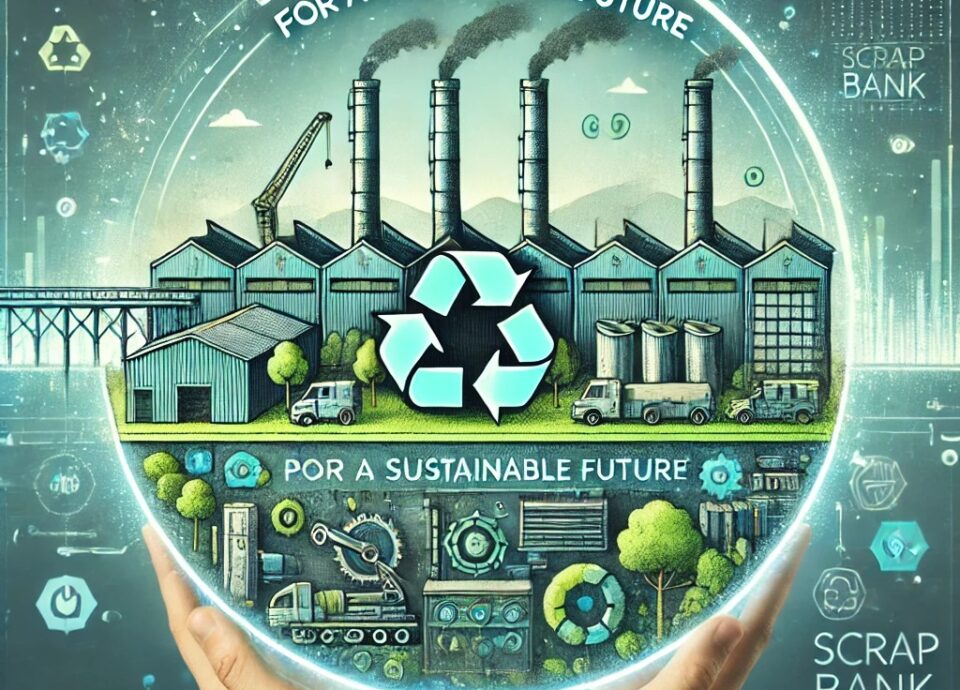Reverse logistics plays a vital role in reducing electronic waste (e-waste) by facilitating the recovery, recycling, and responsible disposal of electronic products. Here are some key ways reverse logistics contributes to e-waste reduction:
1. Collection and Return Programs
Companies are establishing take-back programs that allow consumers to return old or unused electronics. These initiatives make it easier for consumers to dispose of their devices responsibly, ensuring they don’t end up in landfills.
Through reverse logistics, electronic devices are collected for recycling, where valuable materials such as metals, plastics, and glass can be extracted. This reduces the demand for raw materials and minimizes the environmental impact of mining and manufacturing.
2. Refurbishment and Resale
Reverse logistics allows for the collection of used electronics that can be refurbished and resold. By extending the life of devices, companies can reduce e-waste and offer more affordable options to consumers, promoting a circular economy.
1. Collection and Return Programs
Companies are establishing take-back programs that allow consumers to return old or unused electronics. These initiatives make it easier for consumers to dispose of their devices responsibly, ensuring they don’t end up in landfills.
2. Refurbishment and Resale
Reverse logistics allows for the collection of used electronics that can be refurbished and resold. By extending the life of devices, companies can reduce e-waste and offer more affordable options to consumers, promoting a circular economy.
3. Recycling and Material Recovery
Through reverse logistics, electronic devices are collected for recycling, where valuable materials such as metals, plastics, and glass can be extracted. This reduces the demand for raw materials and minimizes the environmental impact of mining and manufacturing.
4. Data Security and Compliance
Many consumers are concerned about data security when disposing of electronic devices. Reverse logistics can include secure data wiping processes, ensuring that sensitive information is handled safely, which encourages more people to return their devices.
5. Education and Awareness
Reverse logistics programs often include educational components that inform consumers about the importance of proper e-waste disposal. Increased awareness can lead to higher participation rates in return programs and more responsible consumer behavior.
6. Collaboration with E-Waste Recyclers
Businesses can partner with certified e-waste recyclers to ensure that collected electronics are processed responsibly and in compliance with environmental regulations. This collaboration enhances the effectiveness of reverse logistics strategies.
7. Product Lifecycle Management
Companies are increasingly adopting lifecycle management practices that consider the entire lifespan of a product, from design to disposal. This approach encourages manufacturers to design products that are easier to recycle or refurbish, thus reducing future e-waste.
8. Regulatory Compliance
As governments implement stricter e-waste regulations, reverse logistics helps companies comply with these laws. By developing efficient return and recycling processes, businesses can avoid penalties and contribute to broader sustainability goals.
Conclusion
Reverse logistics is a crucial component in the fight against electronic waste. By facilitating the responsible return, refurbishment, and recycling of electronics, companies can significantly reduce e-waste, conserve resources, and support sustainable practices. This not only benefits the environment but also enhances brand reputation and consumer trust.





